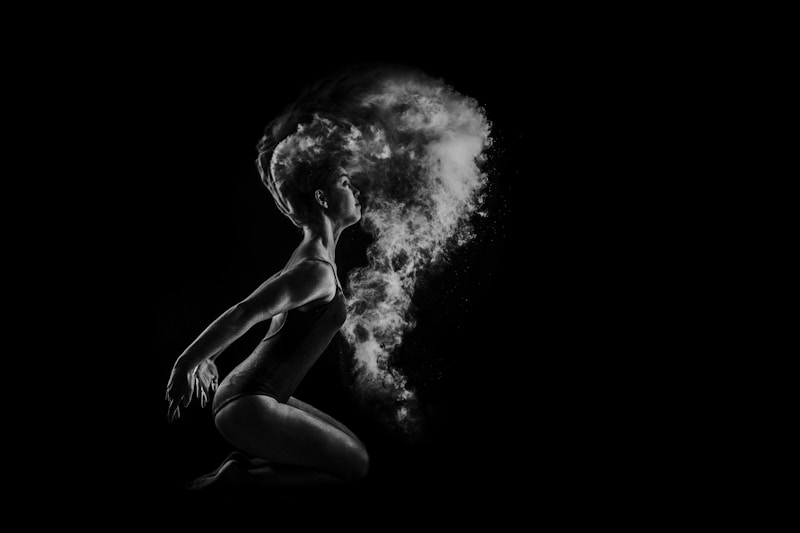10 Questions
What is the smallest unit that retains the properties of an element?
Atom
What is the net charge of the nucleus?
+1
What does atomic number refer to in an atom?
Number of protons
What is measured in daltons for an atom?
Atomic weight
Which major element is essential for form and function in the human body?
Nitrogen (N)
Which type of bond allows molecules to rotate around their shared electrons and change shapes?
Covalent bond
What type of bond results in unequal sharing of electrons, giving the atom with higher share a more negative charge?
Polar bond
Which type of bond forms between the hydrogen atom in one polar bond and an oxygen or nitrogen atom in another polar bond?
Hydrogen bond
What is formed when two oppositely charged ions form a bond?
Ionic bond
What is an atom with a single electron in its outermost orbital known as?
Free radical
Study Notes
Atomic Structure
- The smallest unit that retains the properties of an element is an atom.
Nuclear Properties
- The net charge of the nucleus is positive.
Atomic Number
- Atomic number refers to the number of protons present in an atom.
Atomic Mass
- The atomic mass of an atom is measured in daltons.
Biological Importance
- Phosphorus is a major element essential for form and function in the human body.
Chemical Bonding
- A sigma bond allows molecules to rotate around their shared electrons and change shapes.
- A polar covalent bond results in unequal sharing of electrons, giving the atom with higher share a more negative charge.
- A hydrogen bond forms between the hydrogen atom in one polar bond and an oxygen or nitrogen atom in another polar bond.
- An ionic bond is formed when two oppositely charged ions form a bond.
Orbital Configuration
- An atom with a single electron in its outermost orbital is known as a radical.
Test your knowledge of the chemical composition of the body and the basic functions of cells. This quiz covers the structure of atoms, including protons, neutrons, and electrons.
Make Your Own Quizzes and Flashcards
Convert your notes into interactive study material.




